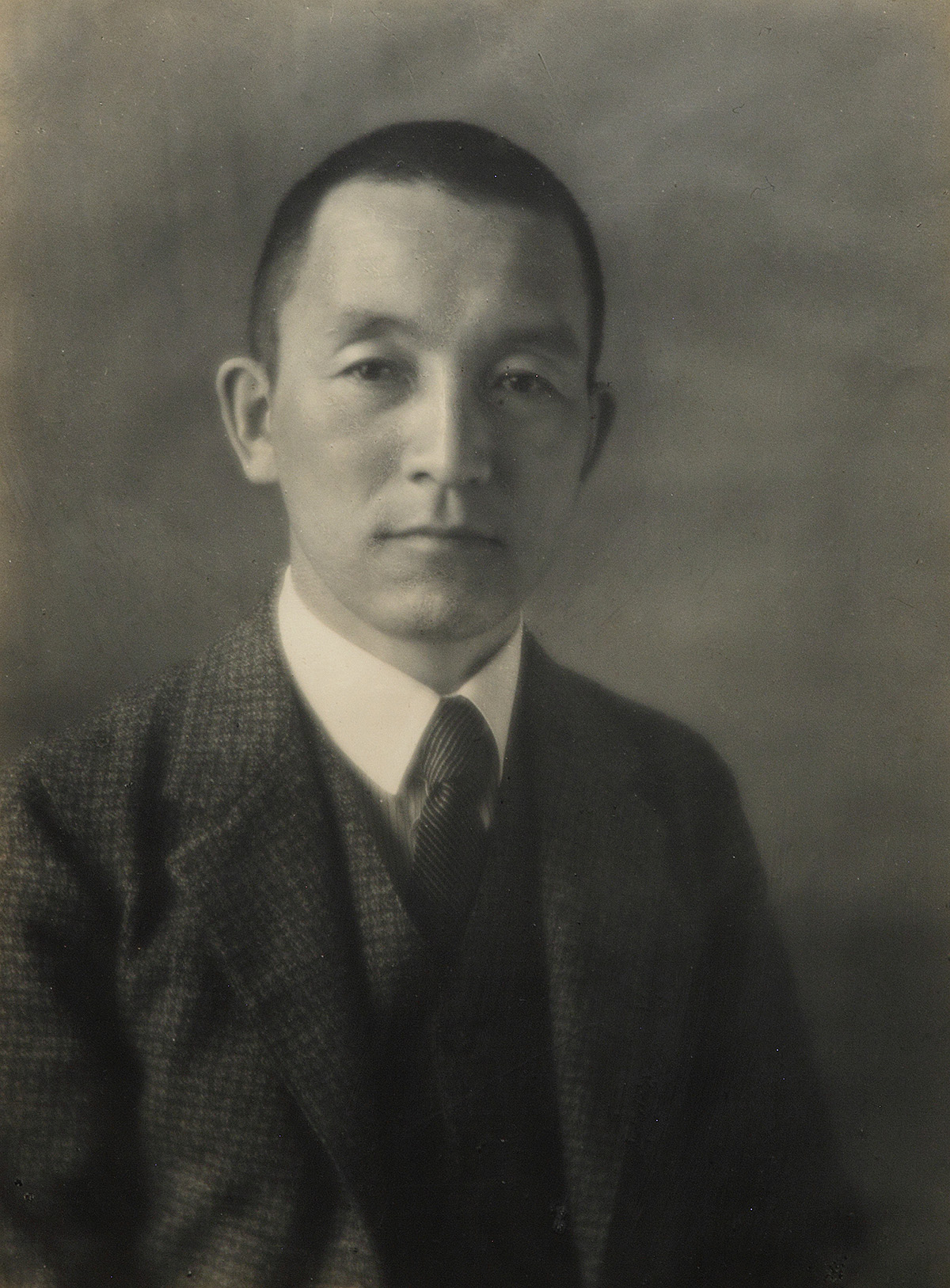

Biography
Koji Fujii was one of the first architects to incorporate environmental engineering, the discipline he established, into the design of private homes. He sought to adapt architectural elements such as lighting, ventilation and thermal insulation to the climate of Japan.
After graduating from university, Fujii worked as a design architect at Takenaka Corporation, a construction company in Kobe (1913–1918). In 1919, he went on a nine-month overseas tour of Europe and the United States. Upon his return, he was appointed as a lecturer at the Faculty of Engineering, Kyoto Imperial University (1921). At the same time, he began work on his dream house. Eight years and four houses later (he built, demolished and rebuilt on the same block of land), Chochikukyo was completed (1928). It was probably one of the first houses in Japan to be designed using the metric system rather than the traditional measurements bu, sun, shaku and ken.
Fujii’s work has been recently presented in the exhibition Ota Kijiro and Fujii Koji: A Painter and an Architect Pursuing Light in Japan, Meguro Museum of Art, Tokyo (2019). Among Fujii’s notable architectural projects are Senyo-so, Kyoto (1937); Shimazu Residence, Hiroshima (1936); Horino Residence, Kyoto (1935); Imamoto Residence, Kyoto (1934); Sogo Department Store, Osaka (1918); Osaka Asahi Shinbun Office, Osaka (1917); and Hashimoto Shipping Building, Kobe (1917). After his death, Fujii was awarded the third class of the Order of Merit by the government (1938).
He graduated from the Department of Architecture at the Tokyo Imperial University of Technology (1913) and received his doctorate in engineering from Kyoto Imperial University (1926).
Born in 1888 in Fukuyama City, Hiroshima Prefecture, Japan, he lived and worked in Oyamazaki-cho (now Kyoto Prefecture) until his death in 1938.
SAF participation:
Sharjapan 3 – Remain Calm: Tranquility, Solitude and Connectivity in Japanese Architecture (2020)
